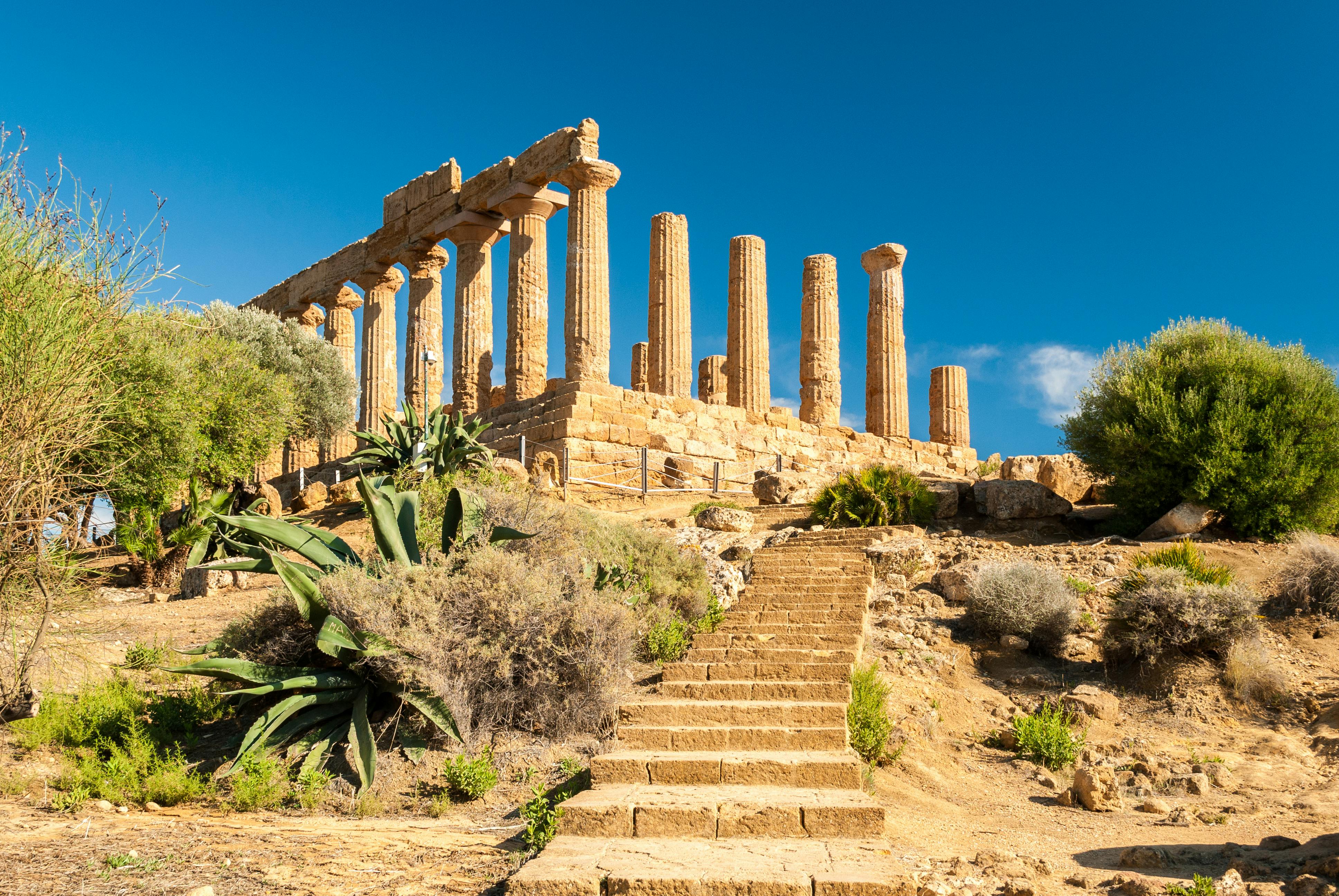The granite carvings near Chennai, India, are a unique and fascinating aspect of the region’s rich cultural heritage. These carvings can be found in a number of temples and other religious sites in and around Chennai, and they offer a glimpse into the artistic and spiritual traditions of ancient India.
The carvings are typically made from a type of granite that is abundant in the area, and they depict a wide range of subjects, including Hindu gods and goddesses, scenes from Hindu mythology, and intricate geometric patterns. Some of the most famous examples of these carvings can be found at the Kapaleeswarar Temple in Mylapore, which is one of the oldest and most important temples in Chennai.
The Kapaleeswarar Temple is dedicated to Lord Shiva, and it is believed to have been built in the 7th century AD. The temple is known for its intricate carvings, which cover the walls and pillars of the main sanctum. One of the most striking features of the temple is the large and detailed sculpture of Lord Shiva in the form of a lingam, which is the central object of worship in the temple.
Another notable temple with granite carvings is the Varadharaja Perumal Temple, in Kanchipuram. The temple is dedicated to Lord Vishnu and it is believed to have been built in the 9th century AD. The temple is known for its intricate carvings of Lord Vishnu and his consort, Goddess Lakshmi.
The granite carvings in these temples are not only beautiful works of art, but they also hold deep spiritual significance for the people of Chennai. They serve as a reminder of the rich cultural heritage of the region and its deep roots in Hinduism.
In addition to the temples, there are also several other religious sites in and around Chennai that feature granite carvings. These include the Little Mount Shrine, which is a cave temple dedicated to Saint Thomas, one of the twelve apostles of Jesus Christ. The cave temple is believed to be the place where Saint Thomas lived and preached during the 1st century AD.
In conclusion, the granite carvings near Chennai are a unique and fascinating aspect of the region’s rich cultural heritage. These carvings can be found in a number of temples and other religious sites in and around Chennai, and they offer a glimpse into the artistic and spiritual traditions of ancient India. They are not only beautiful works of art, but they also hold deep spiritual significance for the people of Chennai and remind us of the rich cultural heritage of the region.
The Mamallapuram Cave Temples consist of a group of rock-cut temples that have been carved out of solid granite rock. The carvings at these temples are particularly impressive, and they include sculptures of Hindu gods and goddesses, as well as intricate geometric patterns and scenes from Hindu mythology.
One of the most famous carvings at the Mamallapuram Cave Temples is the Descent of the Ganges, which is a large bas-relief that depicts the story of the goddess Ganga as she descends from the heavens to the earth. This carving is considered to be one of the finest examples of Pallava art and is a must-see for visitors to the area.
Another important cave temple near Chennai is the Vaikunta Perumal Temple, which is located in Kanchipuram. The temple was built during the 9th century AD and it is known for its intricate carvings of Lord Vishnu and his consort, Goddess Lakshmi. The temple also has several inscriptions that provide valuable information about the history of the Pallava dynasty.
The cave carvings in these temples are not only beautiful works of art, but they also offer insights into the religious beliefs and practices of ancient India. They are a testament to the skill and creativity of the Pallava dynasty’s artisans and architects, and they continue to inspire awe and wonder in visitors to this day.
In conclusion, the cave carvings near Chennai are a unique and fascinating aspect of the region’s rich cultural heritage. These carvings can be found in a number of cave temples in and around Chennai, and they offer a glimpse into the artistic and spiritual traditions of ancient India. The Mamallapuram Cave Temples and the Vaikunta Perumal Temple are some of the most famous examples of these carvings, they are not only beautiful works of art but also hold historical, cultural and spiritual significance and are a must see for visitors to the area.











